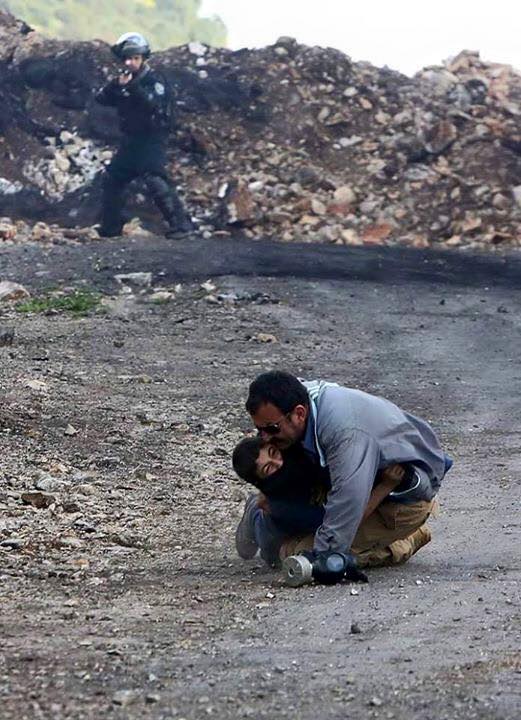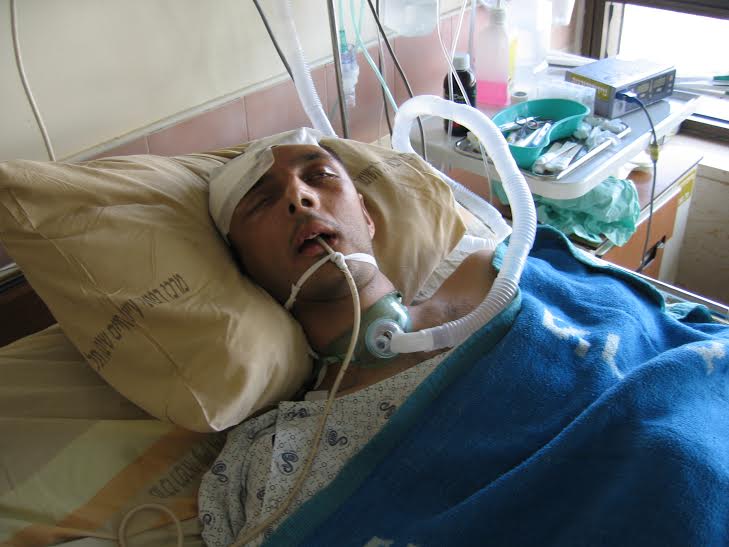Tag: Tear Gas
-
11 year old shot in Kafr Qaddum demonstration
15th March 2016 | International Solidarity Movement, al-Khalil team | Kafr Qaddum, occupied Palestine On Friday the 4th or March, Palestinians and international activists alike joined together to march against Israel’s illegal occupation in Kafr Quaddum. During this march, the boy identified as Khaled, 11 years of age was shot with live ammunition and suffered…
-
The anniversary of Tristan Anderson and the ongoing struggle
13th March 2016 | International Solidarity Movement, Al-Khalil Team | Ni’lin, Occupied Palestine On the 13th March 2009 around 4:30pm, Tristan Anderson, an ISM volunteer from the US was critically wounded by the occupying Israeli forces while peacefully demonstrating against the ongoing occupation of the West Bank village of Ni’lin. The wounds he sustained were from a high…
-
Peaceful demonstrators tear gassed by Israeli army at Bil’in
4th March 2016| International Solidarity Movement, Al-Khalil team | Bil’in, occupied Palestine Today, groups of Palestinians, Israelis and other activists from around the world marched together in solidarity to oppose the zionist regimes annexation wall and illegal settlement of Modin Ilit. The settlement has been built on part of the once Palestinian land from the…



